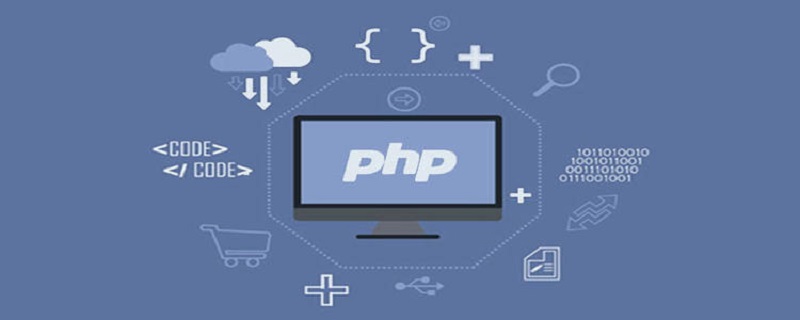Home >Backend Development >PHP Problem >How to turn off php safe mode

How to turn off php safe mode?
php safe mode: safe_mode=on|off
Enabling the safe_mode command will There are restrictions on language features that may be dangerous when using PHP in a shared environment. You can
set safe_mode to a Boolean value on to enable it, or set it to off to disable it. It compares the UID (user ID) of the executing script with the UID of the file the script is trying to access as the basis for the restriction mechanism. If the UIDs are the same, the script is executed; otherwise, the script fails.
Specifically, when safe mode is enabled, some restrictions will take effect.
1. The application of all input and output functions (such as fopen(), file() and require()) will be restricted and can only be used for files that have the same owner as the script that calls these functions. For example, assuming safe mode is enabled, if a script owned by Mary calls fopen() and attempts to open a file owned by Jonhn, it will fail. However, if Mary owns not only the script that calls fopen(), but also the file that fopen() calls from, it will succeed.
2. If you try to execute a script through the functions popen(), system() or exec(), it is only possible if the script is located in the directory specified by the safe_mode_exec_dir configuration directive.
3. HTTP verification is further strengthened because the UID of the user of the verification script is included in the verification field. Additionally, when safe mode is enabled, PHP_AUTH is not set.
4. If the MySQL database server is applicable, the user name used to connect to the MySQL server must be the same as the user name of the file owner calling mysql_connect().
Recommended tutorial: "php tutorial"
The above is the detailed content of How to turn off php safe mode. For more information, please follow other related articles on the PHP Chinese website!